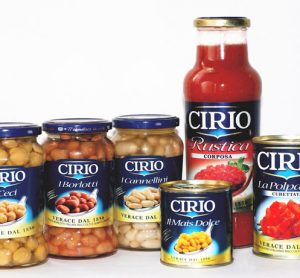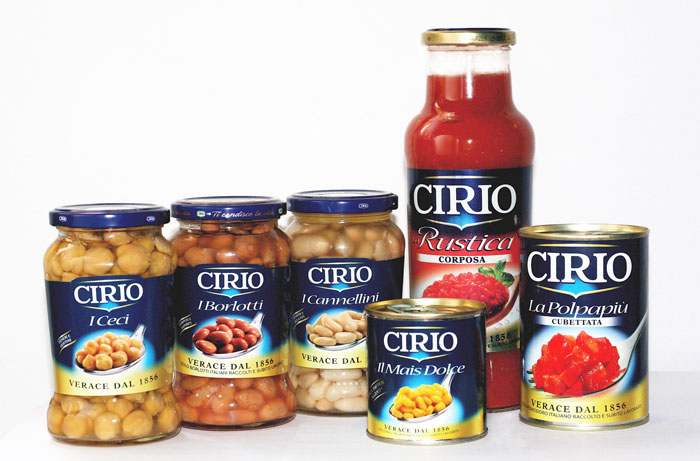Application of non-destructive techniques for the monitoring of red wine fermentation
4 January 2012 | By Susanna Buratti and Gabriella Giovanelli, Department of Food Science and Technology, University of Milan
The rapid pace of change in the wine industry calls for fast methods providing real time information in order to assure the quality of the final product. NIR and MIR spectroscopy combined with sensory-instrumental methods (electronic nose and electronic tongue) can provide an ideal solution to monitor molecular and sensory…





